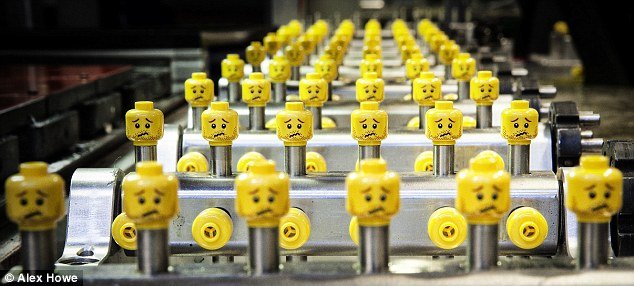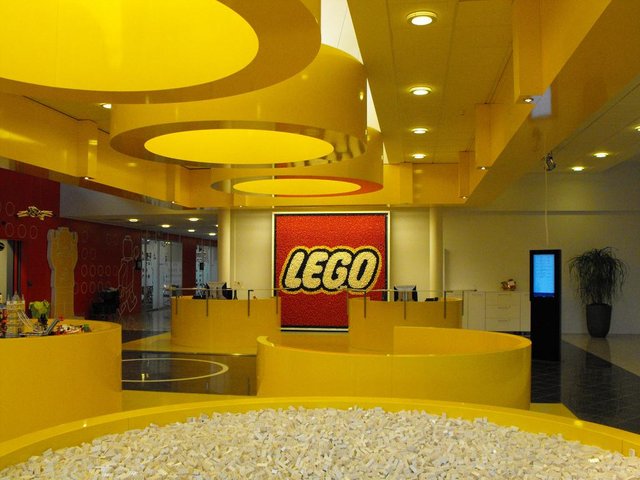
No need to be sad little men, you'll all have various bodies and hands your owners will lose soon
Lego, it's part of every single one of our childhoods. If you're reading this there is a 99% chance you probably played with lego, or an imitation of it, as a child. I've always wondered how lego was made so last night I sent myself through a deep worm hole to write this article and find out for myself, how is lego made?

I'd build a prison out of legos and live in it for a week to work here
What Is It?
Lego is a line of plastic construction toys that are manufactured by The Lego Group, a privately held company based in Billund, Denmark. The company's flagship product, Lego, consists of colourful interlocking plastic bricks accompanying an array of gears, figurines called minifigures, and various other parts. Lego pieces can be assembled and connected in many ways, to construct objects; vehicles, buildings, and working robots. Anything constructed can then be taken apart again, and the pieces used to make other objects. The Lego Group began manufacturing the interlocking toy bricks in 1949. Since then a global Lego subculture has developed. Supporting movies, games, competitions, and six Legoland amusement parks have been developed under the brand. As of July 2015, 600 billion Lego parts had been produced.

Hey! I've actually built this one... about 20 years ago!
How It's Made.
Since 1963, Lego pieces have been manufactured from a strong, resilient plastic known as acrylonitrile butadiene styrene (ABS). As of September 2008, Lego engineers use the NX CAD/CAM/CAE PLM software suite to model the elements. The software allows the parts to be optimized by way of mould flow and stress analysis. Prototype moulds are sometimes built before the design is committed to mass production. The ABS plastic is heated to 232 °C (450 °F) until it reaches a dough-like consistency. It is then injected into the moulds at pressures between 25 and 150 tonnes, and takes approximately 15 seconds to cool. The moulds are permitted a tolerance of up to two micrometres, to ensure the bricks remain connected. Human inspectors check the output of the moulds, to eliminate significant variations in colour or thickness. According to the Lego Group, about eighteen bricks out of every million fail to meet the standard required. Lego factories recycle all but about 1 percent of their plastic waste from the manufacturing process. If the plastic cannot be re-used in Lego bricks, it is processed and sold on to industries that can make use of it.
It's crazy how badly I can zone out to these videos
Conclusion
There you have it Steemers - How lego is made - Finally, my craving for knowledge I didn't know I craved is satisfied. It's always so intriguing how in depth the manufactering process is when I do one of these posts. As always, if you like the content, Upvote, Follow and Resteem for me! It's important to support quality content and alot of time goes in these posts! @king-crypto

sources - https://en.wikipedia.org/wiki/Lego
Hi! I am a robot. I just upvoted you! I found similar content that readers might be interested in:
https://www.quora.com/Is-it-possible-to-make-Lego-bricks-at-home
Downvoting a post can decrease pending rewards and make it less visible. Common reasons:
Submit